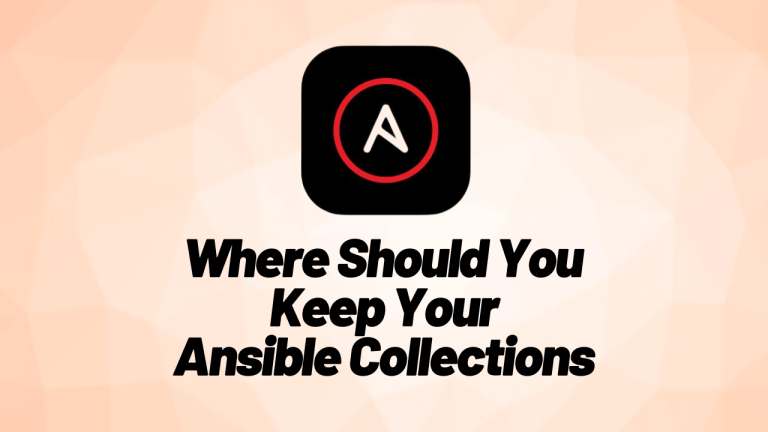
ChatGPT and Google Bard: What is the Future of Software Development?
As technology advances, we have witnessed the emergence of Artificial Intelligence (AI) in various fields. The use of AI in software development is no exception. ChatGPT and Google Bard are two prominent AI-based technologies that have gained popularity in the software development industry.
What is ChatGPT?
ChatGPT is an AI-based language model that is designed to understand natural language and generate responses accordingly. It is a product of OpenAI and is based on the GPT (Generative Pre-trained Transformer) architecture. ChatGPT is capable of generating human-like text, answering questions, and engaging in conversations with users. It can be used for various applications such as chatbots, virtual assistants, and customer service.
What is Google Bard?
Google Bard is another AI-based language model that can generate creative and coherent text. It is a product of Google and is based on the Transformer architecture. Unlike ChatGPT, Google Bard is specifically designed to generate poetry and song lyrics. It uses a combination of machine learning and natural language processing to generate content that resembles human-generated content.
Who Created ChatGPT and Google Bard?
ChatGPT was created by OpenAI, a research organization that aims to develop and promote friendly AI for the benefit of humanity. Google Bard, on the other hand, was created by Google.
Pros and Cons of ChatGPT and Google Bard
Both ChatGPT and Google Bard have their advantages and disadvantages. Here are some of them:
Pros of ChatGPT:
- Capable of understanding natural language and generating human-like responses
- Can be used for various applications such as chatbots, virtual assistants, and customer service
- Can learn from vast amounts of data and improve over time
Cons of ChatGPT:
- Can generate biased or inappropriate responses if trained on biased or inappropriate data
- May not always provide accurate or useful responses
- May require significant computational power and resources to train and use effectively
Pros of Google Bard:
- Can generate creative and coherent text that resembles human-generated content
- Can be used for specific applications such as poetry and song lyrics
- Can learn from vast amounts of data and improve over time
Cons of Google Bard:
- May not always generate content that is relevant or appropriate for the intended purpose
- May require significant computational power and resources to train and use effectively
- Limited in its applications compared to ChatGPT
How to Use AI in Software Development?
Software development is the process of designing, building and maintaining software applications. It involves various stages such as planning, designing, coding, testing, and deployment. Software developers use programming languages, frameworks, and tools to create software that meets specific user needs.
AI can be used in various ways in software development. Some examples include:
- Automated testing: AI can be used to automatically test software and detect bugs or errors.
- Natural Language Processing (NLP): AI can be used to understand natural language and generate responses or actions accordingly. This can be useful for chatbots or virtual assistants.
- Predictive analytics: AI can be used to analyze data and make predictions about user behaviour or software performance.
- Code Optimization: AI can be used to optimize code by identifying and eliminating redundancies and inefficiencies. This can lead to faster and more efficient software.
- Intelligent Assistance: AI can be used to provide intelligent assistance to developers. For example, AI can suggest code snippets or offer design recommendations based on best practices.
AI has the potential to revolutionize software and application development. It can help developers create more efficient, accurate, and user-friendly software. For example, AI can automate tedious tasks such as testing and debugging.
In conclusion, ChatGPT and Google Bard are two AI-based technologies that have the potential to transform the software development industry. While they have their pros and cons, both have shown significant potential in generating human-like text and enhancing the development process. The use of AI in software development is rapidly expanding, and developers must keep up with the latest trends and technologies to remain competitive. By leveraging the power of AI, developers can create software that is more efficient, accurate, and user-friendly, leading to a better overall user experience.
Disclaimer:
The views expressed and the content shared in all published articles on this website are solely those of the respective authors, and they do not necessarily reflect the views of the author’s employer or the techbeatly platform. We strive to ensure the accuracy and validity of the content published on our website. However, we cannot guarantee the absolute correctness or completeness of the information provided. It is the responsibility of the readers and users of this website to verify the accuracy and appropriateness of any information or opinions expressed within the articles. If you come across any content that you believe to be incorrect or invalid, please contact us immediately so that we can address the issue promptly.
Tags:
Comments
2 Responses
Leave a Reply







Please add me
Sorry, add to where?
please tell.
if you meant any chat groups, please check t.me/techbeatly